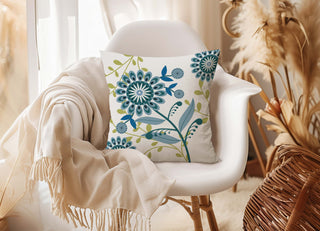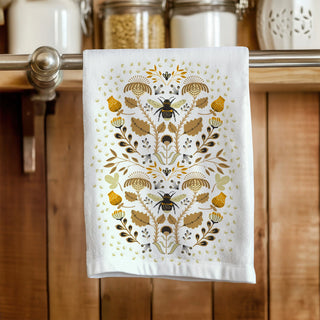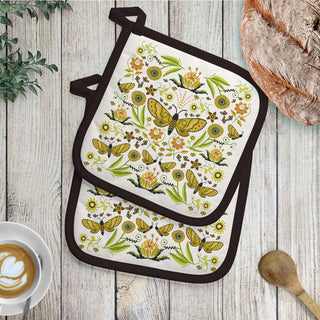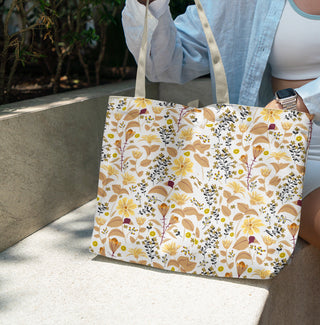Velveeta® Cheese (Food)
Okay, here’s what’s likely the most revealing and embarrassing thing I’ll ever admit to:
I love Velveeta® cheese.
Long after Pepper Jack or Bacon Cheddar leave the cheese aisle, Velveeta cheese food will still be around, I guarantee you. Velveeta cheese is so famous, so much a part of American history, so revered, that a rock band named itself after it. Yes, so what if they play cheesy 80’s cover tunes? Do you have a band named after you?
The Cast Iron Skillet
Never mind that it weighs as much as your car, at least you get a healthy dose of iron each time you cook something in it.
Mushrooms
As long as there are pizza restaurants, mushrooms will be around forever. This amazing fungus is even being manufactured into fabrics!
I will someday own a mushroom hoodie.
Hemp Fabric
Researchers have discovered flax fibers dating back over 34,000 years, making them the oldest known fibers used by humans. They were likely used for clothing, ropes, and other useful purposes. Flax is also one of the oldest cultivated plants.
Along with bamboo, hemp is among the fastest growing plants on Earth and one of the first plants to be spun into usable fiber 50,000 years ago. It can be refined into a variety of commercial items, including paper, rope, textiles, clothing, biodegradable plastics, paint, insulation, biofuel, food, and animal feed.
Hemp is even more eco friendly than standard cotton! So let's talk about hemp a bit more. I'm introducing you to hemp because, in an effort to be fully transparent, I do offer hemp tote bags in my shop. The fabric is 55% hemp and 45% cotton.
Recently, I bought one of my hemp totes to test it and to do some quality control. I found the tote to be beautiful, with excellent ink coverage, and with a softness and sturdiness that I love. I keep my hemp shopping bag next to my front door so that it's handy.
What is Hemp Fabric?
I've been curious about hemp fabric for a long time and was very pleased to find that I could offer some hemp products with my designs printed on them. The first thing I did, however, was to learn a lot more about the fabric because I knew absolutely nothing.
Farmers have consistently bred this plant to produce stronger and better fibers. They purposefully reduce the levels of psychoactive cannabinoids produced by their crops. However, female Cannabis sativa plants that have been bred for textile purposes are very low in THC.
Hemp Fabric Benefits
Once hemp becomes a textile, the properties of hemp fabric are similar in texture to cotton, but it also feels somewhat like canvas. Here are just a few of its benefits:
Hemp is a Highly Sustainable Crop
Hemp requires less water than standard cotton and does not rely heavily on synthetic pesticides or fertilizers. This makes hemp cultivation much friendlier on the environment.
Also, hemp plants absorb a significant amount of carbon dioxide, effectively acting as a carbon sink and contributing to overall climate change efforts.
Hemp is Extremely Durable
Hemp has a tensile strength higher than cotton. (This means that hemp totes can withstand daily wear and tear and carry heavy loads without easily ripping or losing their shape.) Hemp is one of the most tear-resistant natural fibers.
Minimal Maintenance
Hemp fabric generally doesn't require extensive care to maintain its durability. In fact, hemp softens over time without losing its strength. Hemp fabric is not susceptible to shrinkage, and it's highly resistant to pilling.
Lasts a Long Time
Hemp is resistant to rotting, mold, mildew and saltwater.
Makes Bees Happy
Anything that makes bees happy, will make me happy, too. Hemp could help save the bees because the plants grown for seed and fiber are a great pollen source. Especially late in the season, hemp plants attract bees that are looking to collect food for larvae.
Sustainable and Biodegradable
When a hemp fabric product eventually reaches the end of its lifespan, it's biodegradable and can be composted, returning to the earth without leaving behind harmful residues.
Antimicrobial and Hypoallergenic
Hemp says, "Get away microbes and pollen!"
Who Makes My Hemp Totes?
I have my hemp totes manufactured and printed through Apliiq, a Print on Demand supplier. They get their blanks from a company called Econscious, who as members of 1% For The Planet, donates 1% of every retail sale to support the work of environmental non-profits organizations.
Apliiq is a Sedex SMETA audited factory, which means it has undergone a Sedex Members Ethical Trade Audit (SMETA), a widely used social audit that assesses a company's working conditions and environmental performance. These audits evaluate aspects like labor standards, health and safety, environment, and business ethics. The goal is to ensure ethical and responsible practices within the supply chain and improve working conditions.
Okay, so hemp is pretty much better than sliced bread. (Unless you've tried my whole wheat sourdough.) But a likely response from consumers might be:
But What About Organic Cotton?
Organic cotton fabric is another sustainable product. The chart here shows a comparison between hemp and organic cotton.

I don't know if you've looked at the price of hemp products, but they are more expensive than organic cotton. There are several reasons for the price difference, including: hemp's limited production, labor-intensive processing, and higher raw material costs. Also, hemp's reputation as a sustainable and durable fabric also contributes to its premium pricing. Consumers are often willing to pay more for these qualities.
Honestly, I will pay a bit more for a product that I believe is going to last quite a while. I'm a very frugal shopper, however, so it's unlikely that I'll fill my closet full of hemp clothing. For now, I have a hemp tote bag and a pair of really comfy hemp pants that I bought from a company called Dash Hemp. Hemp prices will very likely go down in the future, so imagine yourself someday soon dining on a nice grilled Velveeta Cheese food sandwich while wearing your hemp jumper.
Main photo of Hemp Plant: Elsa Olofsson on Unsplash





